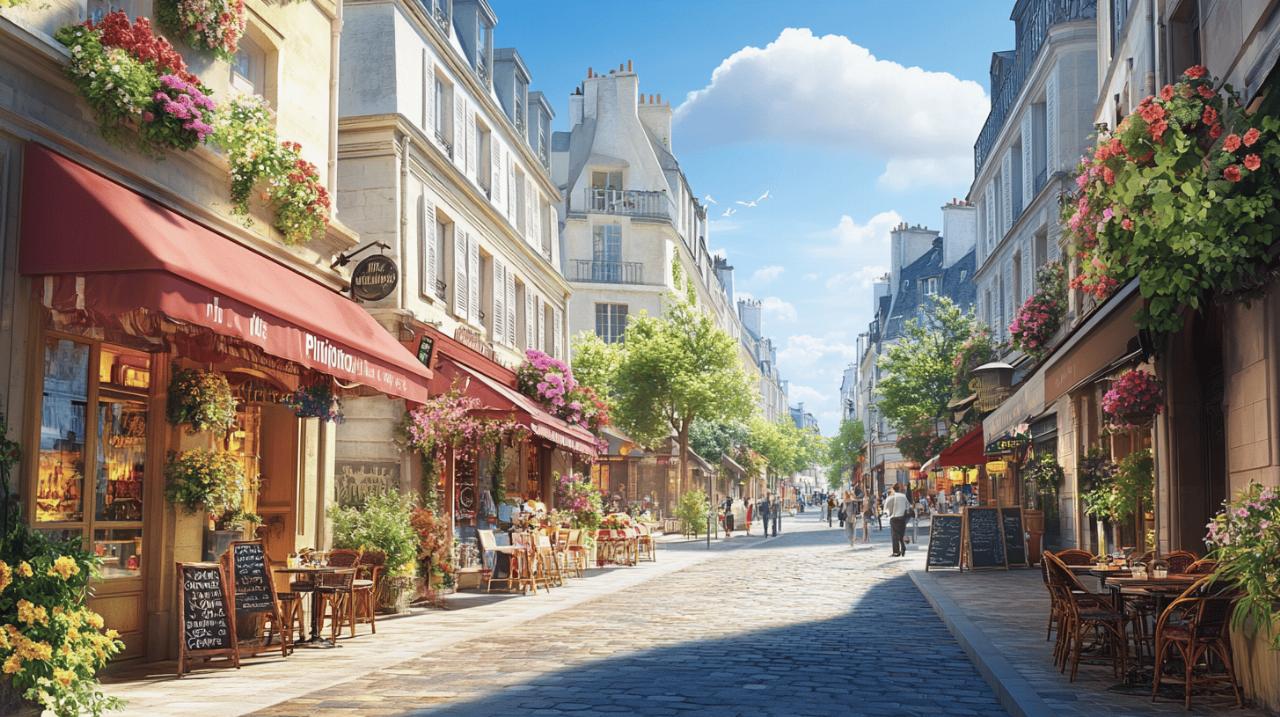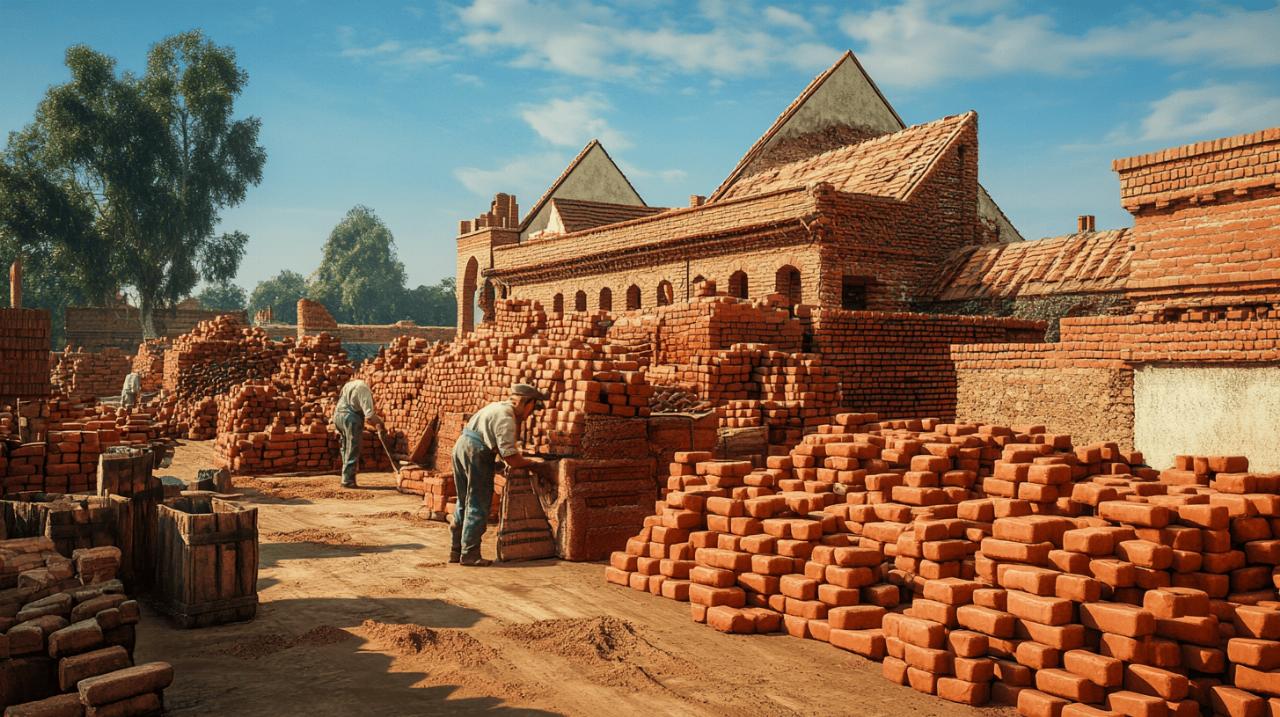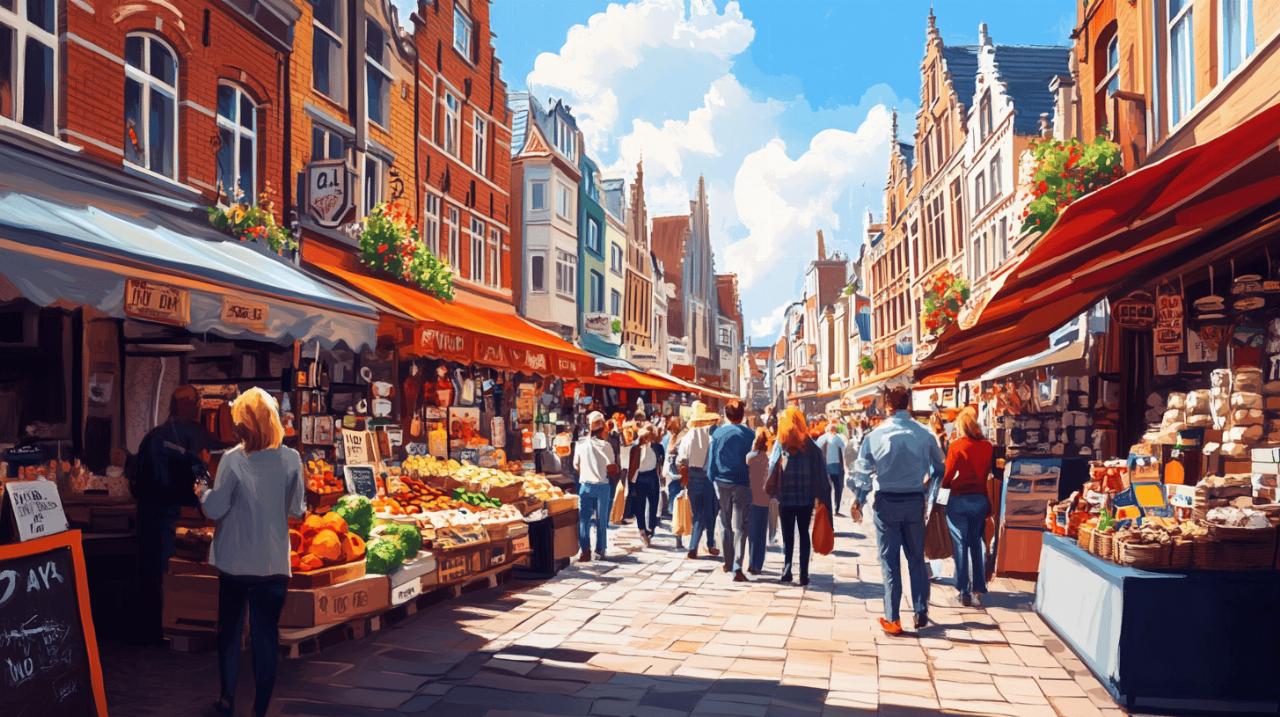Paris is experiencing a remarkable shift in its approach to residential living, particularly in areas once overlooked. The 10th arrondissement, long characterised by its working-class roots and industrial heritage, is now at the forefront of a quiet revolution in social housing policy. Neighbourhoods around Rue Philippe de Girard are witnessing innovative projects that balance affordability with quality, offering fresh hope to residents priced out of central Paris. This transformation reflects broader ambitions across the city to ensure that diverse communities can continue to call the capital home.
The evolving landscape of paris's 10th arrondissement
Historical significance of Rue Philippe de Girard
Rue Philippe de Girard carries a legacy deeply entwined with the industrial and commercial development of northern Paris. Named after a prominent 19th-century engineer and inventor, this thoroughfare became a vital artery for trade and manufacturing during an era when the 10th arrondissement was a hub of productivity. The architecture along the street still bears witness to this past, with older immeuble structures standing as reminders of a time when craftsmen and workers lived alongside their places of employment. Over the decades, the area surrounding the street has evolved from a centre of industry to a more residential quarter, yet it retains a distinctive character that sets it apart from the more polished districts of central Paris.
Today, the quartier around Rue Philippe de Girard is marked by a mix of traditional Parisian buildings and newer developments. The public spaces, modest chapels, and local markets contribute to a neighbourhood identity that remains grounded in its history. This blend of old and new provides an ideal canvas for urban planners and property developers looking to introduce contemporary housing solutions without erasing the cultural fabric that residents cherish. The street itself, while not among the most famous in Paris, has become symbolic of efforts to revitalise working-class areas through thoughtful construction and design.
Current property market trends near La Chapelle
The property market in the vicinity of La Chapelle has undergone significant changes in recent years. While central Paris has seen average sale prices soar to around nine thousand euros per square metre, areas in the 10th arrondissement have remained comparatively more accessible. This relative affordability has attracted a diverse mix of first-time buyers, young professionals, and families seeking proximity to the city centre without the prohibitive costs associated with more prestigious arrondissements. The rental market has also responded to this demand, with monthly rents increasing steadily, though they remain below the citywide average.
Near Marx Dormoy and Louis Blanc stations, the immobilier landscape reflects a growing interest in residential development. Office space conversion projects have begun to reshape the skyline, transforming underutilised commercial buildings into much-needed housing units. This trend aligns with broader municipal goals to address the housing crisis by repurposing vacant or obsolete structures. The availability of parking facilities and the presence of local commerces have further enhanced the appeal of the area, making it a viable option for those who value both convenience and affordability.
Innovative social housing initiatives
Modernising immeuble structures while preserving character
One of the most striking aspects of recent developments in the 10th arrondissement is the careful balance between modernisation and preservation. Architects and planners have embraced innovative materials and techniques to retrofit older buildings, ensuring they meet contemporary standards for energy efficiency and comfort. Hempcrete, a sustainable insulation material derived from hemp fibres, has been employed in several projects to achieve impressive thermal performance. The use of such materials not only reduces environmental impact but also aligns with Paris's commitment to sustainability in urban planning.
These renovations often involve meticulous attention to the architectural details that define Parisian identity. Facades are restored, courtyards are revitalised, and interiors are reconfigured to accommodate modern living arrangements without compromising the historical integrity of the structures. The result is a harmonious blend of past and present, where residents benefit from updated amenities while still feeling connected to the neighbourhood's heritage. This approach has been particularly successful in attracting public support, as it demonstrates that affordable housing need not come at the expense of aesthetic or cultural values.
Public and private partnerships transforming local residences
The transformation of social housing in the 10th arrondissement has been significantly aided by collaboration between public authorities and private developers. Paris has set ambitious targets, aiming for 40 percent of its housing stock to be classified as affordable by 2035. This goal encompasses both social rental housing and intermediate housing options, catering to a wide spectrum of income levels. To achieve this, the city has allocated substantial funds for the acquisition of land and buildings, while also introducing regulatory measures that incentivise developers to include affordable units in new projects.
A notable example of such collaboration is the conversion of an administrative building into hundreds of social housing units, complete with communal facilities such as a crèche and a gymnasium. This project, which garnered recognition for its excellence in design and social impact, exemplifies how strategic partnerships can deliver tangible benefits to communities. By leveraging both public resources and private expertise, these initiatives are reshaping the residential landscape and ensuring that diverse populations can access quality housing in well-connected neighbourhoods.
Neighbourhood amenities and transport links
Proximity to Marx Dormoy and Louis Blanc stations
 Transport connectivity is a critical factor in the desirability of any urban neighbourhood, and the 10th arrondissement benefits from excellent links to the broader Paris metropolitan area. Marx Dormoy and Louis Blanc stations provide residents with quick access to multiple metro lines, facilitating commutes to employment centres and cultural attractions across the city. This network of public transport options has made the area particularly attractive to those who prioritise convenience and wish to avoid the expense and hassle of car ownership in a densely populated capital.
Transport connectivity is a critical factor in the desirability of any urban neighbourhood, and the 10th arrondissement benefits from excellent links to the broader Paris metropolitan area. Marx Dormoy and Louis Blanc stations provide residents with quick access to multiple metro lines, facilitating commutes to employment centres and cultural attractions across the city. This network of public transport options has made the area particularly attractive to those who prioritise convenience and wish to avoid the expense and hassle of car ownership in a densely populated capital.
The presence of these stations has also spurred commercial activity in the surrounding areas. Cafés, boutiques, and small businesses have flourished, creating vibrant street life and fostering a sense of community. The proximity to these transport hubs means that residents can easily explore other parts of Paris while enjoying the more relaxed pace of life characteristic of the 10th arrondissement. For families and individuals seeking a balance between urban energy and neighbourhood tranquillity, this combination of accessibility and local character is increasingly appealing.
Local places and professionnels enhancing community living
Beyond transport links, the 10th arrondissement offers a rich array of local amenities that contribute to a high quality of life. Markets, schools, healthcare facilities, and recreational spaces are all within easy reach, ensuring that residents have access to essential services without needing to venture far from home. The presence of numerous professionnels, from artisans to medical practitioners, adds to the neighbourhood's self-sufficiency and reinforces its identity as a thriving community rather than merely a residential zone.
Public places, including squares and parks, serve as gathering points where neighbours can meet and socialise. These spaces are integral to the social fabric of the area, hosting events and providing venues for leisure activities. The emphasis on maintaining and enhancing these communal assets reflects a broader urban planning philosophy that prioritises people over profit. By investing in the public realm and supporting local businesses, Paris is ensuring that neighbourhoods like those around Rue Philippe de Girard remain vibrant and inclusive.
Affordability and future developments
Comparative prix analysis of the area's immobilier
When compared to the citywide average, property prices in the 10th arrondissement present a compelling case for affordability. While central districts command premium rates, the area around La Chapelle and nearby streets offers more accessible entry points for buyers and renters alike. This difference is significant enough to attract a diverse demographic, from students and young professionals to families and retirees. The relative affordability does not, however, imply a lack of quality or desirability; rather, it reflects the neighbourhood's ongoing transition and the potential for future growth.
Rental prices in the area have also remained more manageable than in many other parts of Paris. Monthly rents, while still substantial by national standards, are lower than those in more fashionable arrondissements, making it possible for a broader segment of the population to live in the capital. This affordability is a key factor in the success of social housing initiatives, as it allows developers and public authorities to create mixed-income communities where residents from different backgrounds can coexist and thrive.
Upcoming projects and their impact on the departement
Looking ahead, the 10th arrondissement is poised for further transformation as new projects come to fruition. Plans to convert additional office buildings into residential units are already underway, with the aim of adding thousands of new housing units to the market. These projects are expected to further alleviate pressure on the housing market and support Paris's broader goals of increasing the proportion of affordable housing. The use of innovative construction techniques and sustainable materials will likely continue, ensuring that new developments meet high standards for both environmental performance and resident wellbeing.
Beyond individual projects, the impact on the departement as a whole will be profound. By demonstrating that affordable housing can be integrated into established neighbourhoods without compromising their character, Paris is setting a precedent for other cities facing similar challenges. The success of initiatives around Rue Philippe de Girard and nearby areas will be closely watched by urban planners and policymakers across Europe, offering valuable lessons on how to balance growth with equity and sustainability. As these projects unfold, the 10th arrondissement stands as a testament to the power of thoughtful urban planning to create inclusive, liveable communities for all.






